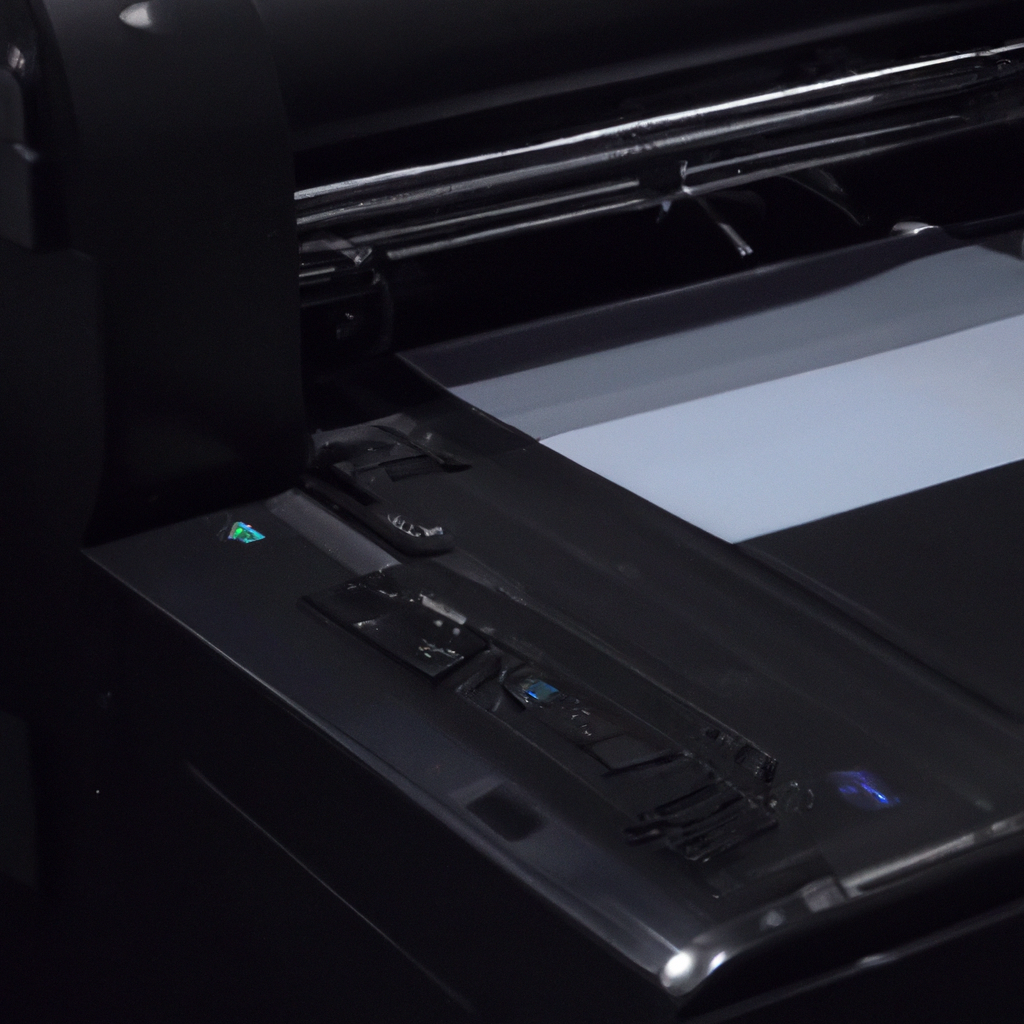Laser printers are a popular choice for many individuals and businesses due to their speed, efficiency, and high-quality output. But how does a laser printer work? In this article, we will explore the technology behind laser printing and the step-by-step process that occurs when printing a document.
What is a Laser Printer?
A laser printer is a type of printer that uses laser printing technology to produce high-quality prints. Unlike inkjet printers that spray ink onto paper, laser printers use toner cartridges that contain fine powder. When a laser beam passes through the toner cartridge, it attracts the toner particles, which then stick to the paper to create the desired image or text.
The Printing Process
Now let’s take a closer look at the printing process of a laser printer.
Step 1: Processing the Document
The first step in the printing process is to process the document. This involves converting the digital document into a printable format that the printer can understand. Once the document is in a printable format, it is sent to the printer’s memory.
Step 2: Charging the Drum
The next step is to charge the imaging drum. The imaging drum is a cylinder that is coated with a photosensitive material. When charged, the drum becomes electrically charged, allowing it to attract toner particles.
Step 3: Exposing the Drum
After the drum is charged, a laser beam is directed onto the surface of the drum. The laser beam is guided by a rotating mirror, which directs the beam across the drum’s surface. The laser beam creates an electrostatic image of the document on the drum’s surface.
Step 4: Applying Toner
Once the electrostatic image is created on the drum’s surface, toner particles are applied to the drum. The toner particles are negatively charged, which allows them to attract to the positively charged areas of the drum’s surface. This creates a toner image on the drum’s surface that corresponds to the document’s electrostatic image.
Step 5: Transferring the Toner
After the toner particles are applied to the drum’s surface, the next step is to transfer the toner to the paper. The paper is fed through the printer and comes into contact with the drum’s surface. As the paper passes the drum, the toner particles transfer from the drum’s surface onto the paper, creating a mirrored image of the electrostatic image.
Step 6: Fusing the Toner
Once the toner is transferred to the paper, the final step is to fuse the toner onto the paper. This is done by passing the paper through the fuser assembly, which uses heat and pressure to melt the toner particles and fuse them onto the paper’s surface.
Conclusion
In conclusion, laser printers use a complex but efficient printing process to produce high-quality prints. From processing the document to fusing the toner onto the paper, every step is crucial in producing a flawless final product. Understanding how a laser printer works can help you troubleshoot any issues that may arise and maintain your printer’s longevity. With the growing demand for high-quality prints, it’s no wonder why laser printers have become a popular choice for individuals and businesses alike.







